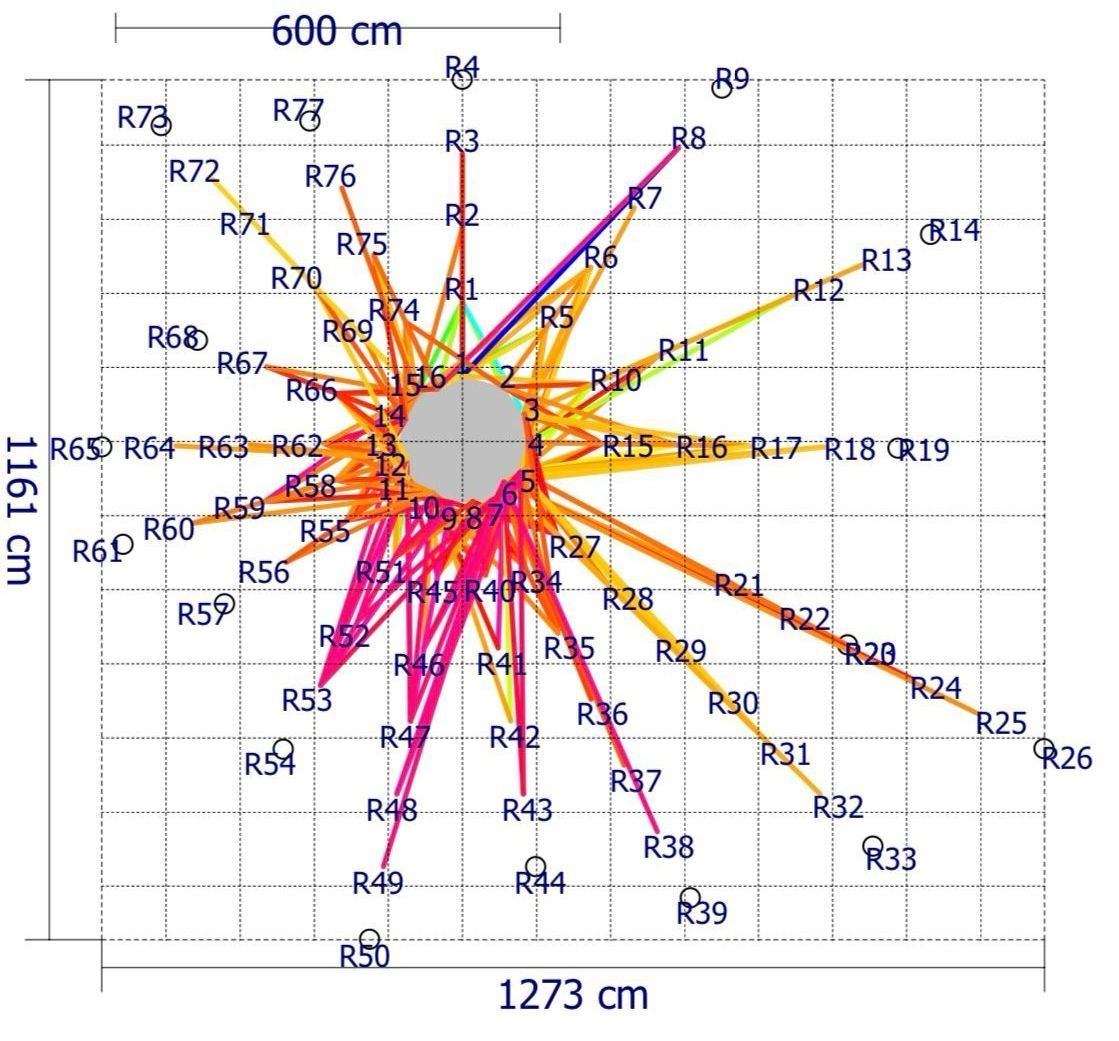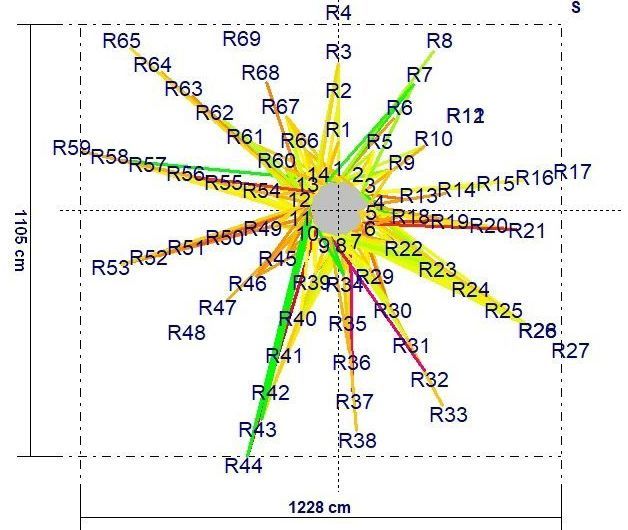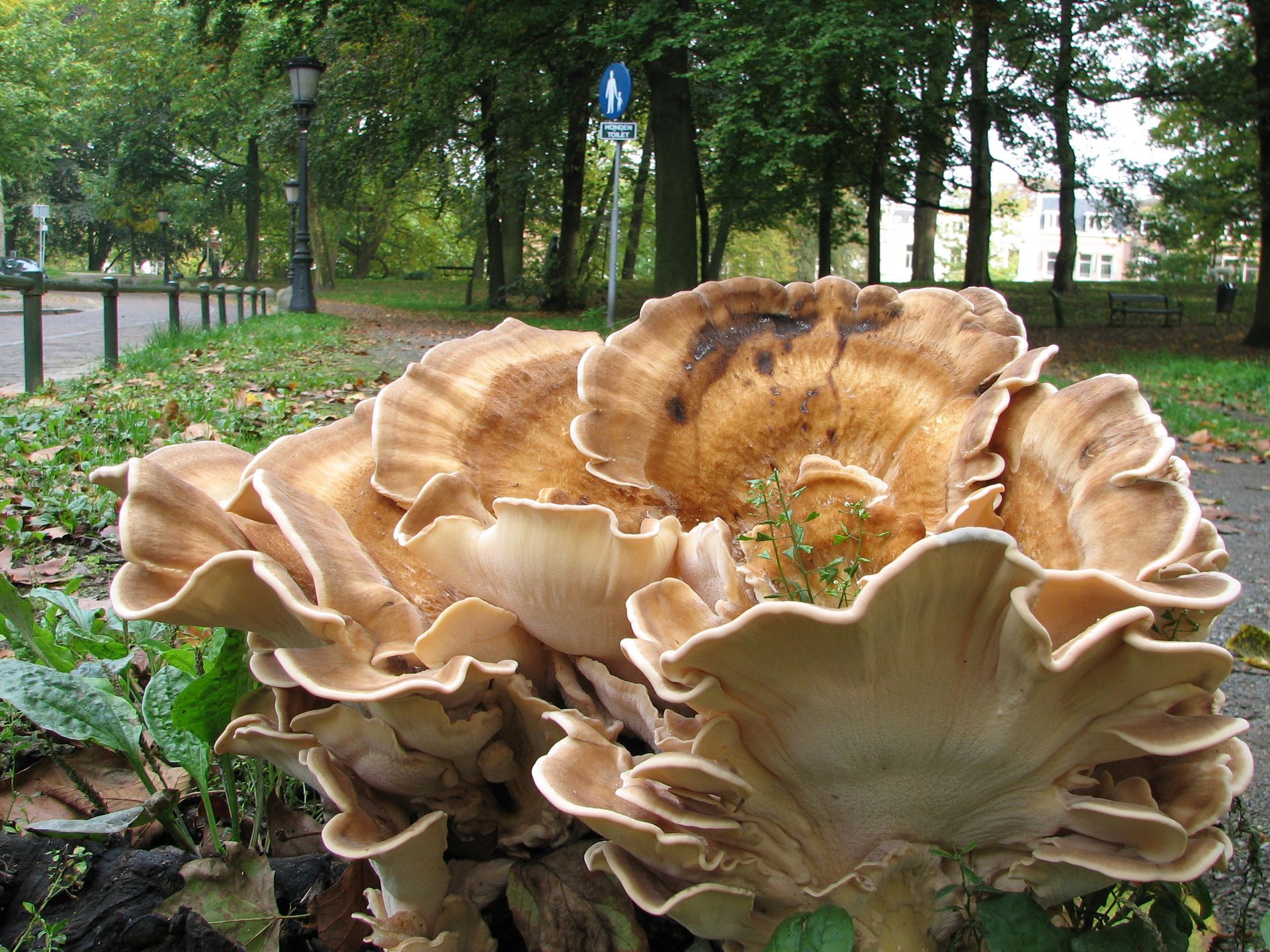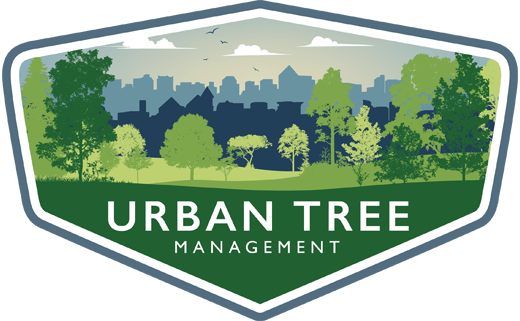Tree Root Mapping
The Arbotom system we use incorporates an additional piece of equipment called the 'Arboradix'. This tool is used in conjunction with Arbotom to locate and assess the integrity of structural roots. accompanying software enables the production of a line graph, the main rooting area the of major roots from the base of the stem.
We consider this to be a major step forward in the assessment of tree stability and look forward to pioneering this revolutionary piece of equipment.
Free Consultation
Fill in the from below and we'll be in touch to discuss your tree-related project or issue.
Contact Us
We will get back to you as soon as possible.
Please try again later.
TREE DIAGNOSTICS
Tree Root & Root Plate Detection
When used in conjunction with the Arbotom® ABT05-S package, the ArboRadix™ sensor allows the user to map roots. An additional sensor, connected to a steel pole, placed on the ground in a measured grid pattern and tapped. The stress wave signal is sent back to other sensors already attached to the tree. When roots are present, the signal transmits rapidly along the roots, creating a pathway that can be mapped to define the extent and location of the root system.
By mapping out the stress wave patterns from a comprehensive grid pattern, the root locations can be determined. This is useful for identifying where roots are likely to be located under roads, pavements, or other coverings that cannot be easily removed beforehand.

Slide title
Write your caption hereButton
Slide title
Write your caption hereButton

Slide title
Write your caption hereButton
CASE STUDY
We have been carrying tree risk assessments out on large beech for a number of years, in recent years the trees has shown a fungi called Meripilus giganteus, Giant polypore, this fungi is host to a number of trees species including Beech, horse chestnut, sycamore.
- The fungi can be found fruiting at and around the base of the tree – sometimes emerging from between buttresses and appressed to the butt.
- This fungi, acts as a parasite on living trees. Attributed generally to a white rot of the wood but can be attributed also to a soft rot.
- Can signify locations of root damage following trenching works, construction damage, or other type of disturbance.
- Decays structural roots and the butt.
- Attributed to the windthrow of trees.
- Attributed to crown decline, in some instances – can highlight physiological dysfunction.
- Trees with targets may need their structural stability tested.
We conducted root radix tomographs in 2022, and the root condition was good. However, 2024 shows a marked decline in root with significantly more fruit this year, large fleshy fruiting rather than small neat.
We have had some very dry summers, which might be the cause. Nevertheless, in the large buttress roots on the side where fruiting occurs, we have gone from a 20cm wall thickness to 5cm as indicated the resistograph drill at sensor locations 8 and 13. Pruning will exacerbate decay rates, so ultimately removal is the only option due the target area.
The client told us the initial dysfunction in the roots was by construction works and root cutting in the early 2000s, roots are rich in carbohydrates, and so optimized for water conduction once they become dysfunctional, any fungi spread quite quickly.
MONITORING TREE ROOT DECAY
We use Arbotom sonic tomogaphy and Arboradix to monitor tree decay over long periods of time for repeated measurements allow us to follow decay progression and to learn. This is our primary focus and we are looking over years, not one time measurements.
TO FIND OUT MORE ABOUT OUR OUR ARBORICULTURAL SERVICES, PLEASE BROWSE:
-
Airspade Investigation
Learn MoreThe Air Spade is a handheld lance connected to a high-pressure compressor that emits a continuous jet of air. This jet excav soil around tree roots with minimal damage, excavation around tree roots without significantly impacting the trees.
-
Tree Vitality Testing
Learn MoreArborcheck chlorophyll fluorescence instruments are utilized to evaluate tree vitality.
-
Resistograph Testing
Learn MoreResistance micro drill. This tool utilises a very fine drill to measure the resistance encountered within the wood and can therefore provide a relative assessment of the presence of degraded wood and its extent which could affect the structural integrity of the tree.
Root mapping assessments by tree experts

Urban Tree Management operate throughout the Greater Manchester, Lancashire, Cheshire, Merseyside and Nationally for tree-related projects of all sizes.
Popular Tree Surveys
Arboricultural Impact Assessment
Arboricultural Method Statement
Tree inspection & Risk Assessment

Contact Us
We will get back to you as soon as possible
Please try again later


